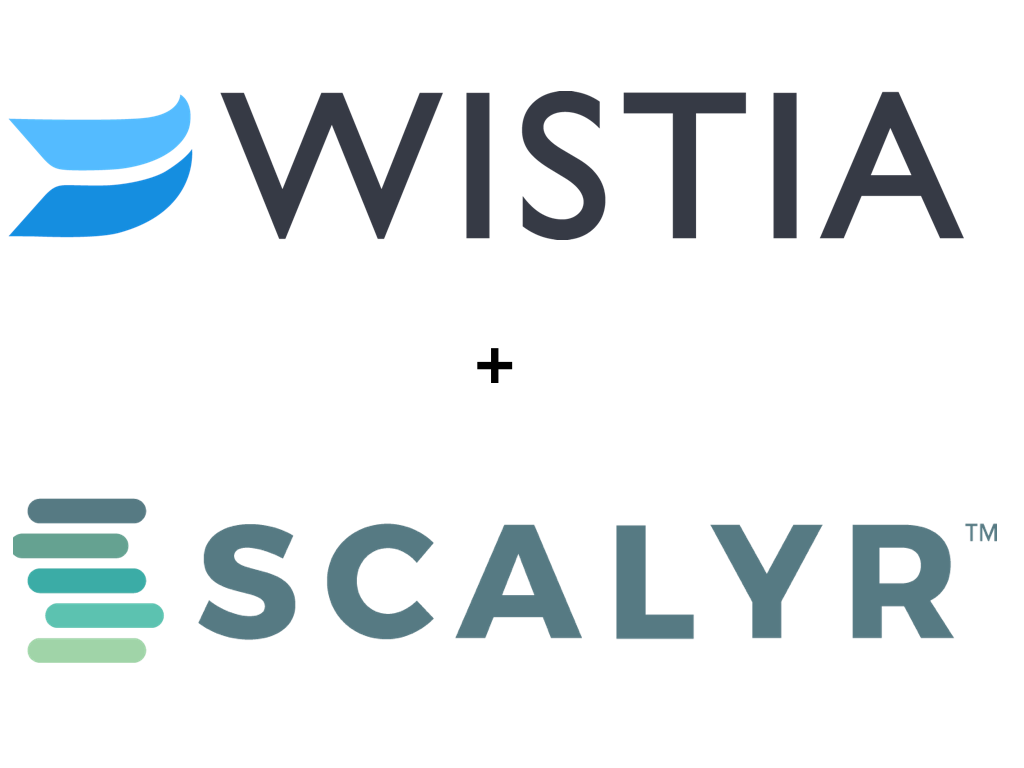I recently caught up with Ryan Artecona, Infrastructure Tech Lead at Wistia, to learn more about how their engineering and customer support teams use Scalyr.
Last summer, the engineering team at Wistia took a step back from their day to day to evaluate the tools and infrastructure they were using. The team realized they needed a log management solution. After evaluating several products, they decided to move forward with Scalyr. Scalyr enabled the engineering team to have more visibility into operations. They were able to identify issues faster and as a result, have found they have fewer disgruntled customers.
About Wistia
Wistia is a professional video hosting and analytics platform designed to help businesses communicate more creatively. Founded in Cambridge, Massachusetts in 2006, Wistia offers businesses the resources to host, organize, customize and measure the impact of video. In addition to video hosting, analytics, and marketing tools, Wistia has a library of educational resources to help you learn the ins-and-outs of creating great video content.
Customer Challenges
Last summer, the engineering team at Wistia took a step back from their normal feature releases to assess their infrastructure. At the time, they had no log aggregation or observability tools beyond New Relic. They had log files, but the only way engineers could use them was to ssh into a specific log and hope the log you were looking for was there. They hadn’t used a log aggregator, but they knew they existed and wanted to find the right one.
The team evaluated Scalyr along with Splunk, SumoLogic, PaperTrail, and LogDNA. The criteria for their evaluation included:
- Support for live streaming
- Speed of queries
- Ability to add indexes to logs in a flexible way
- Reasonably priced solution
After evaluating all the products, the team decided on Scalyr because it matched their evaluation criteria the best. Some of the others didn’t support live streaming, others were too slow and inflexible and others were too expensive. In the evaluation, the team found Scalyr was easy to use, had powerful capabilities, was fast and was the most competitively priced.
Results of Using Scalyr
It took about a week to get up and running on Scalyr. Now, the product is used pervasively across the engineering team. The simplicity of the product that can get more complex as you need it to helps everyone across the team get value out of the product. For example, when writing a feature, the team wants to log when a few events happen, whatever they put into the code is what they put into Scalyr. They aren’t required to create an opaque translation layer. If they want to start treating it as a string, they can put it in there. If they want something fancier or to do something more complicated, they can make sure to format it to make it through the parser.
According to Ryan Artecona, Infrastructure Engineering Lead at Wistia,
“it is easier and faster to diagnose the bugs that frustrate our customers as a result of using Scalyr.”
Beyond the engineering team, the technical support team (Support Engineers) at Wistia uses Scalyr to help track down the root causes of problems that customers encounter. They use the search functionality in Scalyr extensively to pinpoint the exact requests in the logs that correspond to the problems customers encounter in the browser or when using their APIs. Scalyr has made the customer support team more self-sufficient in resolving customers’ problems – and when they do need to escalate problems to the engineering team, they’re able to give them a great head start on fixing the issue. The handoff between support to engineering is much smoother as a result of using Scalyr.
The engineering team is able to respond to incidents much faster. Rolling out Scalyr has helped the engineering team commit to security best practices, including removing root access to all production servers. Now engineers can write code that is observable from the outside and more conducive to debugging. Using Scalyr has been the team’s first big step in the direction of making debugging software in production more collaborative – something they didn’t have before. Individuals are more empowered to own their code by using Scalyr. Before, if things became too time-consuming (pre-Scalyr), issues would just go undiagnosed and marked as “too hard” to figure out.


